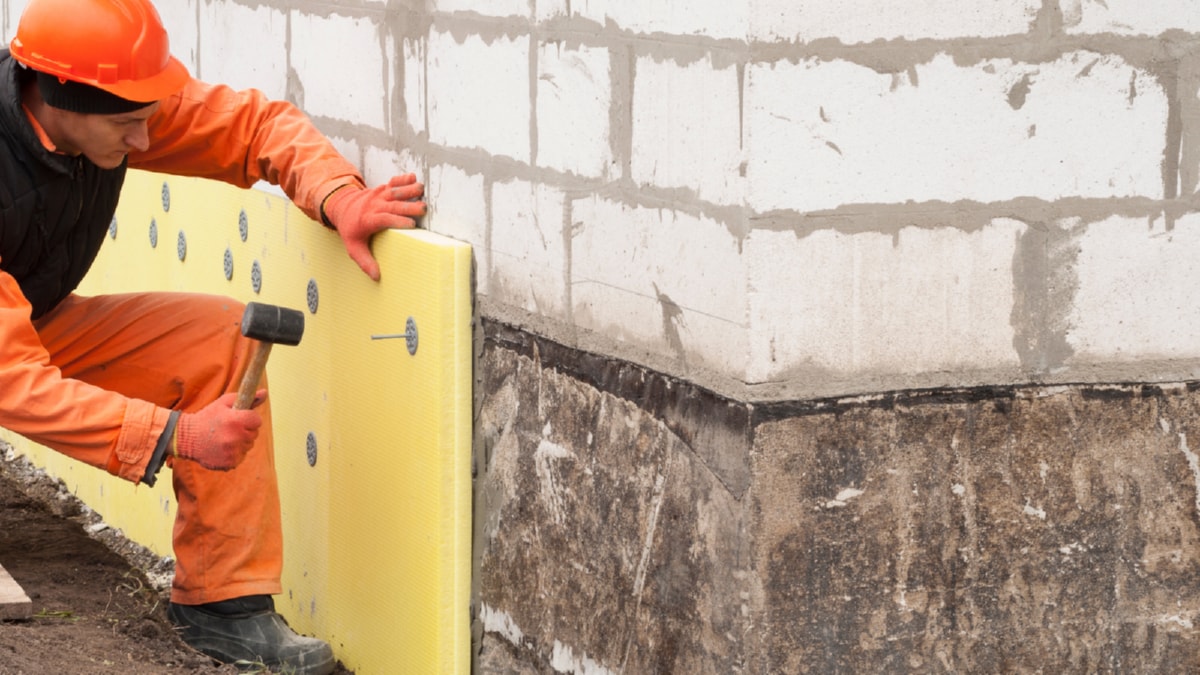The construction industry is undergoing a radical transformation, propelled by the pressing need to address environmental concerns and ensure sustainability. This shift toward eco-consciousness is giving rise to the concept of green building. This article aims to explore the future of this rapidly evolving sector, focusing on the innovative strategies and technologies driving its growth.
Green building, also known as sustainable building, is a construction practice that emphasizes the efficient use of resources while reducing the environmental impact. It involves the application of advanced technologies, innovative designs, and environment-friendly materials to create buildings that are energy-efficient, healthy, and comfortable.
The future of green building is promising, with numerous innovations on the horizon. One such innovation is the use of renewable energy sources in construction. Solar panels, wind turbines, and geothermal energy systems are increasingly being incorporated into building designs to generate electricity, heat, and cooling. This not only reduces reliance on fossil fuels but also lowers energy costs significantly.
Another exciting development is the advent of green construction materials. Traditional construction materials are often energy-intensive to produce and contribute significantly to carbon emissions. Green alternatives, such as recycled steel, low-VOC paint, and bamboo, are not only more sustainable but also often offer superior performance. For example, bamboo is a rapidly renewable resource that boasts a higher strength-to-weight ratio than steel, making it an ideal material for green construction.
The integration of smart technology is also playing a pivotal role in shaping the future of green building. Smart buildings equipped with advanced sensors and controls can monitor energy usage in real-time, automatically adjusting heating, cooling, and lighting to optimize efficiency. Furthermore, the advent of Building Information Modelling (BIM) technology is revolutionizing construction processes by aiding in the design, planning, and management of green buildings.
The future will also see a stronger emphasis on water conservation in green building. Strategies such as rainwater harvesting, greywater recycling, and the use of water-efficient fixtures will become standard practice. These methods not only conserve precious water resources but also reduce the burden on municipal water supply systems.
The drive towards green building is further fueled by government incentives and regulations aimed at promoting sustainability in construction. Green building certifications such as LEED (Leadership in Energy and Environmental Design) are gaining global recognition, encouraging builders to adopt sustainable practices.
However, the transition to green building is not without its challenges. High upfront costs, lack of awareness, and technical complexities are some of the hurdles that need to be overcome. But with the rapid advancements in technology and growing consumer demand for sustainable living, the green building industry is poised for significant growth in the coming years.
In conclusion, the future of green building lies in the harmonious integration of innovative technologies, sustainable materials, and efficient design. This forward-thinking approach to construction not only holds the promise of a more sustainable future but also offers economic and health benefits. As we continue to explore and embrace these advancements, we move closer to achieving a built environment that is in harmony with the natural world.
For more details, check best masonry services or visit their business listing here.



